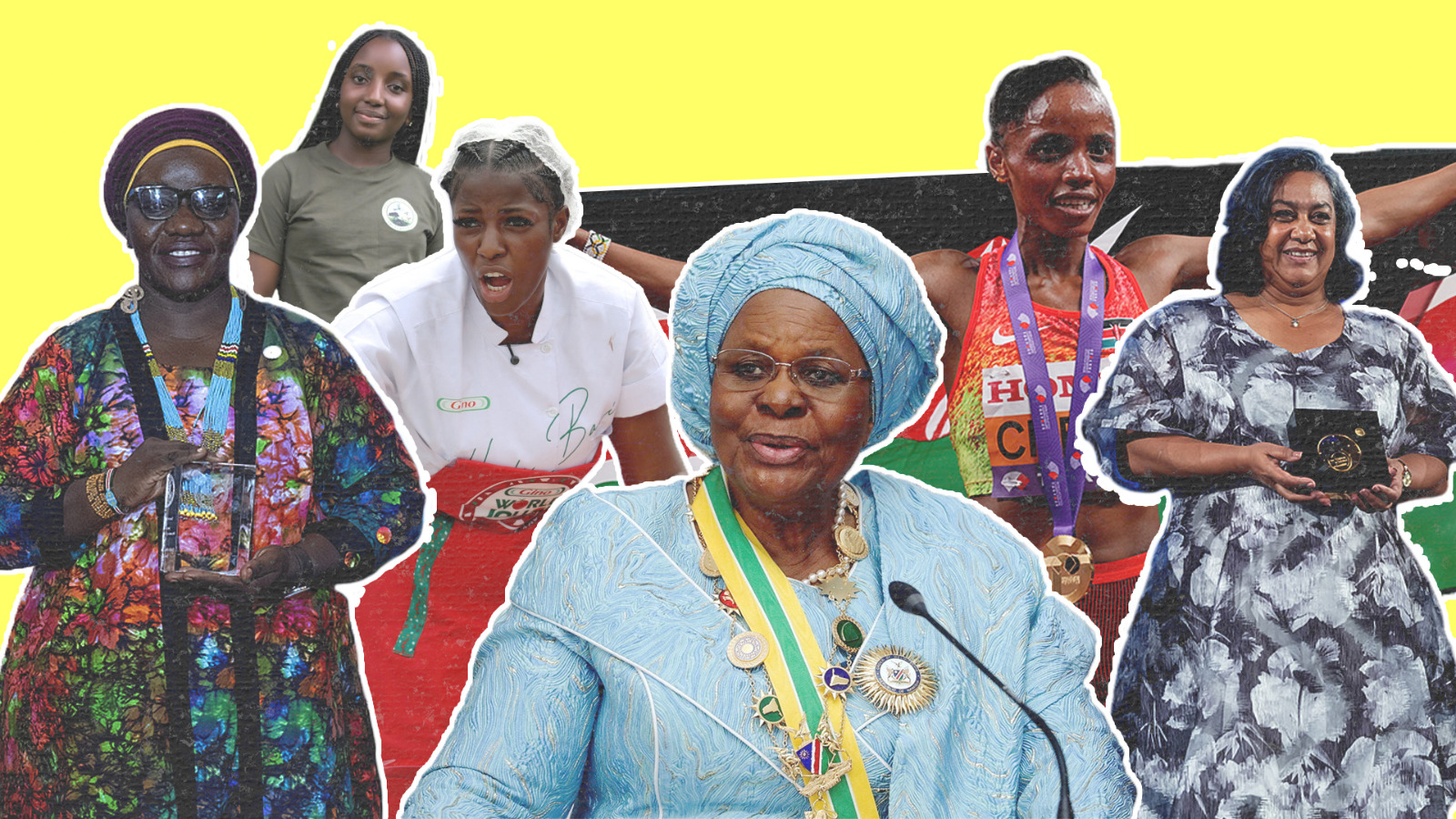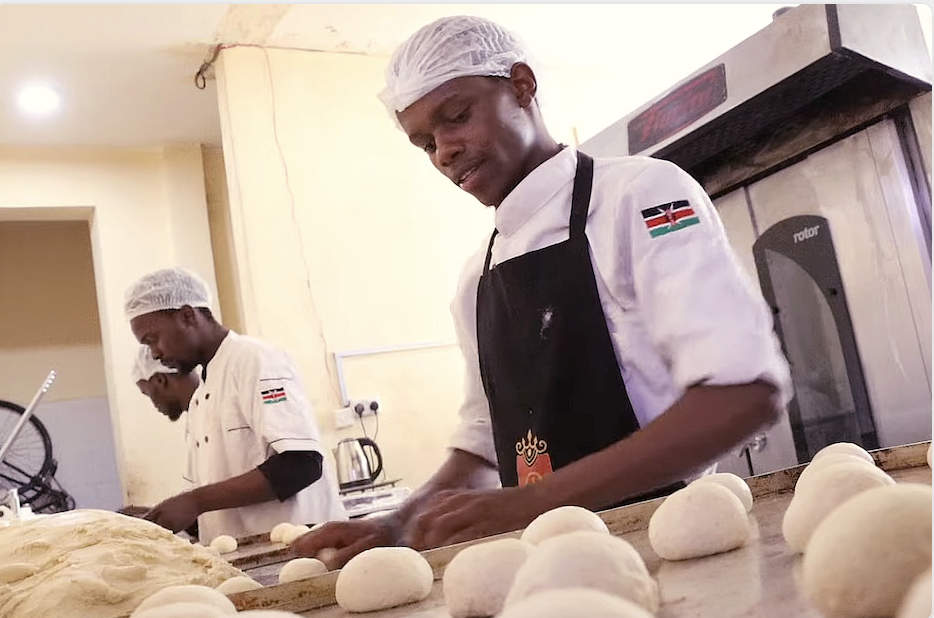Drought situation worsens in northern Somalia
 Aid agencies have warned that a severe lack of rainfall in parts of Somalia has worsened the drought situation, affecting close to a million people mainly in northern Somalia.
Aid agencies have warned that a severe lack of rainfall in parts of Somalia has worsened the drought situation, affecting close to a million people mainly in northern Somalia.
Climate change has been attributed as the main cause of harsh weather patterns in the Horn of Africa nation that has suffered from repeated droughts, floods and devastating cyclones in recent years.
New findings by the Norwegian Refugee Council estimate that regions in northern Somalia received less than normal rainfall last year with some parts receiving only 25-50 percent of the average rainfall.
Malnutrition has also affected children in displaced camps in some of the drought-affected regions.
“Food insecurity has affected not just the displaced persons but also the host communities. Women and children remain the most affected in affected regions. The conditions will likely remain the same until a strategy is implemented that ensures vulnerable families can overcome climatic shocks,” said Mukhtar Hussein Jimale, Director General of the Ministry of Humanitarian Affairs and Disaster Management.
Conflict has also affected aid delivery in the Sool region, forcing aid agencies to provide emergency cash transfers to needy families to buy essential food, water and shelter.
Puntland and Somaliland troops have repeatedly clashed in the Sool region which have displaced more than 10,000 people.
Mogadishu and international aid agencies have called for an immediate end to violence in the region and are now seeking more than a billion dollars to mitigate the humanitarian crisis across the country.
There are 4.2 million people in need of humanitarian support in Somalia, a sharp fall from 6.2 million last year. Mogadishu says sustained donor funding and good rains last year led to an overall improvement in the humanitarian situation.
But displaced families who fled drought and famine almost eight years ago are still living in deplorable conditions in camps around major cities, including Mogadishu that hosts the biggest number.
The government and the United Nations have now been urged to come with a new approach that ensures farmers and pastoralists remain in their regions by ensuring development aid reaches drought-prone areas — a move experts say will help address Somalia’s protracted humanitarian crisis.






